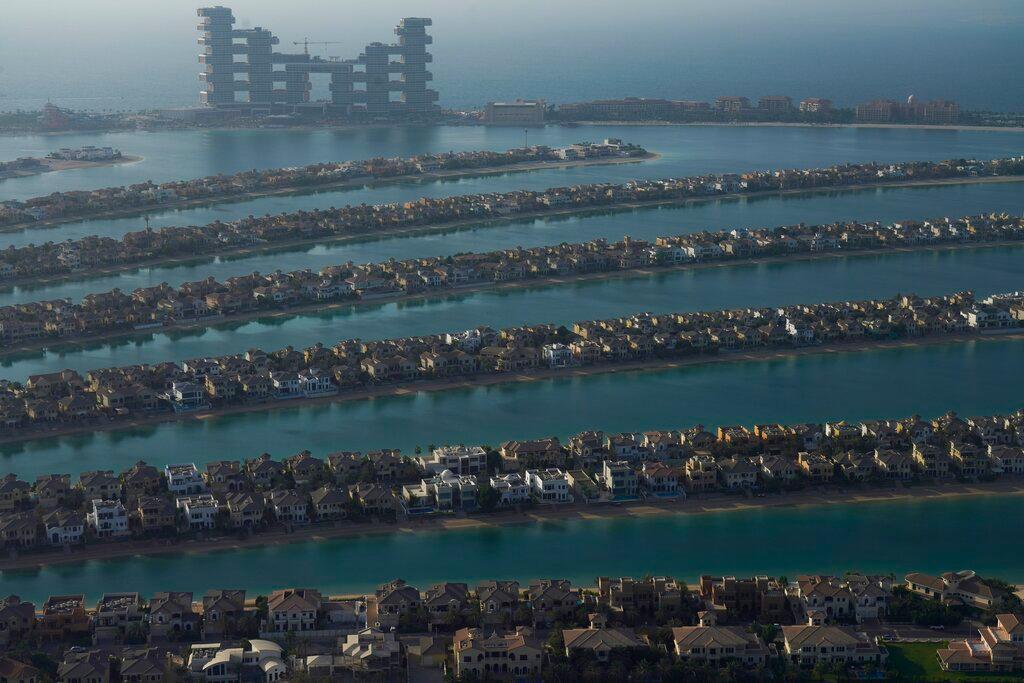It’s so hot in UAE, sweltering sheikhs are shocking the clouds
Rulers decided it's either cloudseeding or building a life-size mountain to create rainfall.
Just In
Temperatures in the UAE recently topped 51 degrees, which is a bit over the top even for the desert emirates.
Facing dwindling water resources, an exploding population, and meteorologists saying the heatwave is likely to continue, local rulers are desperate to find ways of making it rain and are willing to pay for answers.
United Arab Emirates meteorological officials released a video this week of cars driving through monsoon-like downpours in Ras al Khaimah in the northern part of the country as it briefly cools off from its scorching conditions.
The storm was the result of one of the UAE’s latest efforts to increase rainfall in a desert nation that gets about 10 cm a year on average.
Scientists are successfully creating rainstorms by launching drones which zap clouds with electricity.
“What we are trying to do is to make the droplets inside the clouds big enough so that when they fall out of the cloud, they survive down to the surface,” meteorologist Keri Nicoll said.
Nicoll is part of a team of scientists with the University of Reading in England whose research led to this week’s man-made rainstorms.
In 2017, Reading’s scientists received grants in the millions for use over three years from the UAE, which has invested in at least nine different research projects over the past five years.
The team’s drones, which are launched by catapult, can fly for about 40 minutes, and during flight the drone’s sensors measure temperature, humidity and electrical charge within a cloud, which lets the researchers know when and where they need to zap.
Alya Al-Mazroui, director of the UAE’s rain-enhancement science-research programme, told Arab News in March: “Equipped with a payload of electric-charge emission instruments and customised sensors, these drones will deliver electric charges to air molecules, which should encourage precipitation.”
Aside from the current heatwave, water is a big issue in the UAE with its skyrocketing population of Emiratis and expats.
“The water table is sinking drastically in the UAE,” University of Reading meteorologist Maarten Ambaum told BBC News, “and the purpose of our project is to try to help with rainfall.”
Many scientists doubt whether cloud seeding will have a noticeable impact on annual rainfall levels.
It only rains a few days in a year in the UAE, and during the summer, there is no rain most years.
In recent years, the UAE’s massive push into desalination technology – which transforms seawater into freshwater by removing the salt – has helped close the gap between the demand for water and supply. Most of the UAE’s drinkable water, and 42% of all water used in the country, comes from its roughly 70 desalination plants.
Still, part of the ruling sheiks’ “water security strategy” is to lower demand by 21% in the next 15 years.
Ideas to get more water for the UAE have not lacked imagination.
In 2016, The Washington Post reported government officials were considering building a life-size mountain to create rainfall. As moist air reaches a mountain, it is forced upward, cooling as it rises. The air can then condense and turn into liquid, which falls as rain.
Estimates for another mountain-building project in the Netherlands came in as high as $US230 billion.
Other ideas for getting more water to the UAE have included building a pipeline from Pakistan and floating icebergs down from the Arctic or up from the Antarctic.
Subscribe to our newsletter
To be updated with all the latest news and analyses daily.
